County brief | |
|---|---|
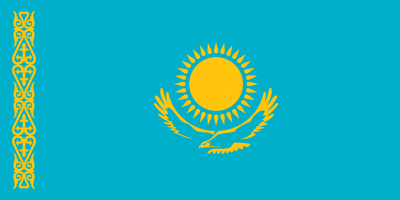 | |
Population |
18,63 Mio. |
Area |
2.724.000 km² |
Form of goverment |
Republic |
Currency |
Tenge |
Capital |
Nur-Sultan (until 2019 Astana) |
Official languages |
Kazakh, Russian |
Religions |
Muslim, Russian Orthodox |
Country code |
+7 |
National Holiday |
December 16 (anniversary of the independence from the Soviet Union in 1991) |
Kazakhstan is one of the ten largest countries in the world, and yet for many it is above all a widely unknown. The Central Asian country was long used by the Soviets as a penal colony, so to speak. People had to do forced labor here because they either belonged to a minority or were political opponents of the regime.
However, this also helped the country to leap forward. Sparsely populated, Kazakhstan became an up-and-coming region thanks to modern agricultural methods and mining, and is still part of several ethnic groups.
Centuries earlier, Kazakhstan had experienced its first flowering when the Silk Road ran through the south of what is now the country. Along it relaxed several caravanserais and magnificent mosques, which still convey the splendor of those days.
Life in Kazakhstan is still relatively simple in character. High mountain ranges, the Caspian Sea, but also deserts and semi-deserts provide an exciting mix, which is a paradise especially for nature lovers, but often demands a lot from the population.
The complete contrast to the simple, in parts nomadic life is offered by the metropolises Almaty and Nur-Sultan. Especially the Kazakh capital is a real highlight in Central Asia. The often bizarre-looking buildings from the 90s and 2000s do not seem to fit the rest of the country and are therefore so interesting.
So you see, Kazakhstan is a versatile country where you can still experience real adventures! On the following pages you will learn more about Kazakhstan, its fascinating nature and the most beautiful regions. In addition, you will get all the important tips that you need for your trip!
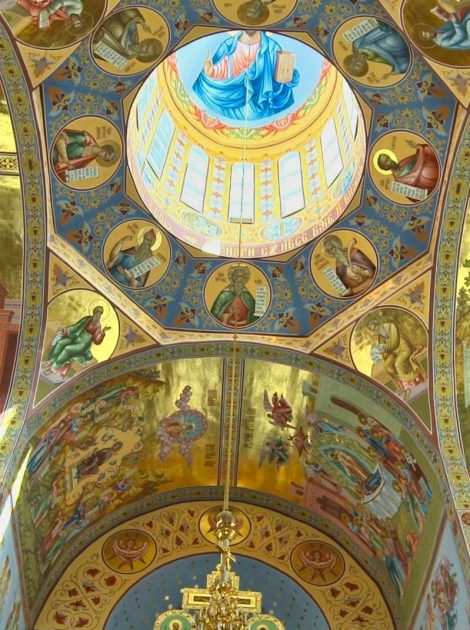
Almaty is the largest city in the country even before the capital Nur-Sulatan, with its population of around 2 million. For a long time, the city located in the very south of Kazakhstan on the border with Kyrgyzstan was not only the economic but also the political heart of the country. Although it has been somewhat overshadowed by Nur-Sulatan in recent years, there is no shortage of sights here. And with the Almaty television tower, it even has one of the tallest buildings in the world (371.5 meters). With Talghar and Kajalyk, the region is also home to important sites of the ancient Silk Road.
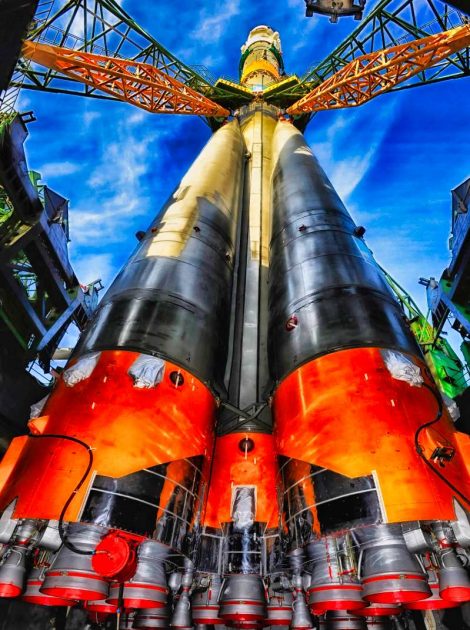
The south of Kazakhstan is one of the most touristically interesting regions of the country. This is mainly due to the fact that the Silk Road once ran here, along which many impressive cities and buildings were built. The mausoleum of Khoja Ahmed Yasavi, for example, is one of the absolute highlights on this route. And in Tamgaly you can marvel at mysterious rock carvings. There are about 5000 of them here and they date back to the Bronze Age. But nature has also produced some beauties here, such as the Tian Shan Mountains with their snow-capped peaks.
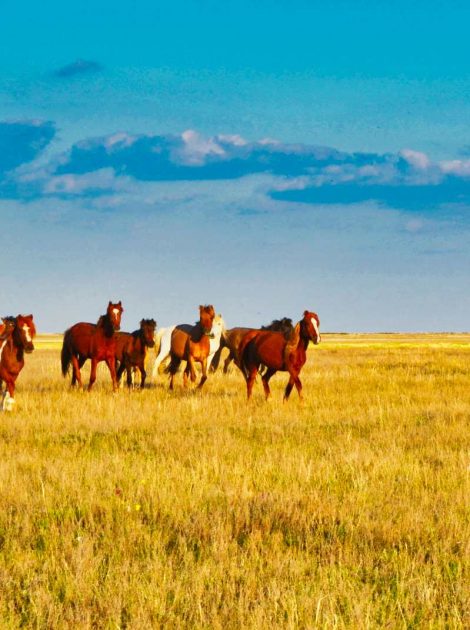
Not even 200 km are between Qaraghandy and the capital Nur-Sultan. By Kazakh standards, a stone’s throw! The region around the city was one of the most important Soviet coalfields and for years was characterized by forced labor and deprivation. With the end of the Soviet Union, the downturn began in the city, which is now slowly reawakening.
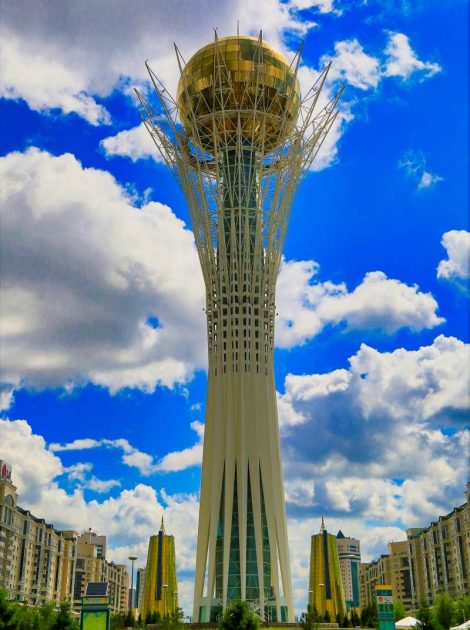
Never heard of Nur-Sultan? Perhaps that’s because the name has only existed since 2019. Before that, Nur-Sultan was called Astana, which meant nothing more than “capital city.” The long insignificant city was declared the capital by government decree after independence and abruptly catapulted into modernity. Nur-Sultan is thus by far the most modern capital in the former Eastern Bloc, also due to the lack of historical buildings. Buildings like the Bajterek Tower, the Pyramid of Peace and Concord and the futuristic Khan Shatyr make Nur-Sultan a Mecca for architecture fans! But the region around the city also has a lot to offer in terms of landscape. The agricultural landscape with rolling hills with the Saryarka Desert is already part of the West Siberian Plain and is also crossed by steppes and forests.
.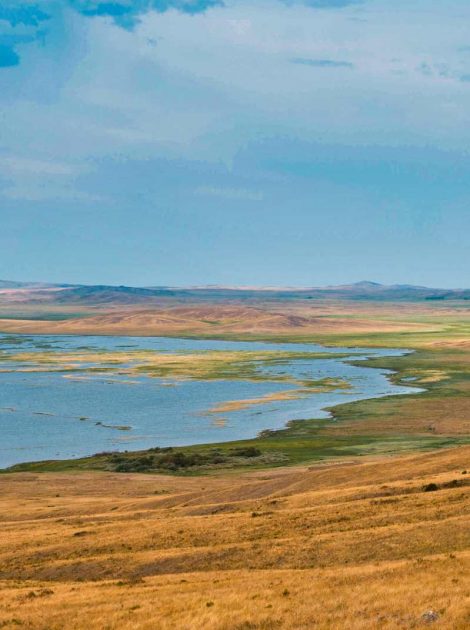
Western Kazakhstan is a scenically diverse region characterized by deserts, semi-deserts and steppes. Above all, the endless expanse of the country can be felt here. The Kazakh part of the Caspian Sea, which marks the western border of the country, is the largest of all riparian states. Almost 2000 km of coastline await you here. This is also where Aqtau, the country’s most important port city, is located. Aqtöbe, the fourth largest city in the country, is located directly on the Russian border. The city offers an interesting mix of industrial buildings from the Soviet era and pretty mosques.
To prepare your trip even better, we have created a packing list for you. It contains recommendations for things that will make your trip more comfortable and secure.
Finding cheap flights with good connections is not always easy. We are pros at finding the cheapest and best flights. Here we share our experiences with you.
Money withdrawel can be extremely expensive. Especially those who pay a lot with foreign currencies should therefore have a travel credit card, which is free of charge or offers low fees. We tested the best.